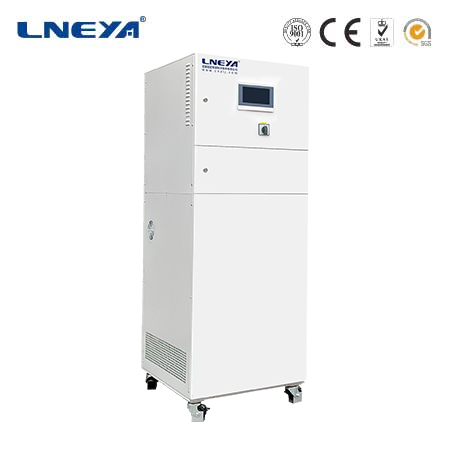chiller rate
Understanding Chiller Rates
A chiller rate, or cooling capacity, is a measure of how much heat a chiller can remove from a given space or process. Chiller rates are typically expressed in tons of refrigeration (RT) or kilowatts (kW). One ton of refrigeration is equivalent to 12,000 BTUs per hour. Chiller rates are essential for ensuring that a chiller can handle the cooling load of a specific application.

Calculating Chiller Efficiency
Chiller efficiency is a measure of how effectively a chiller uses energy to produce cooling. The most common metrics for chiller efficiency include:
kW/Ton: This is the most common unit of measurement for chiller efficiency. It is calculated by dividing the power input of the chiller in kilowatts (kW) by the cooling capacity of the chiller in refrigeration tons (RT). The lower the kW/Ton, the higher the chiller’s efficiency.
Coefficient of Performance (COP): COP is a unitless measure that indicates how much cooling is produced per kilowatt of energy consumed. It is calculated by dividing the cooling capacity in kilowatts (kW) by the power input in kilowatts (kW). A higher COP indicates greater efficiency.

Energy Efficiency Ratio (EER): EER is calculated by dividing the cooling capacity in BTUs per hour by the power input in watts. It is another way to express the energy efficiency of chillers.
IPLV/NPLV: These metrics represent the part-load efficiency of a chiller. IPLV (Integrated Part Load Value) and NPLV (Non-Standard Part Load Value) are calculated based on the weighted part-load efficiency of a chiller at different load conditions.
Applications and Considerations
Chillers with different rates and efficiencies are used in various applications, such as:
Commercial Buildings: For air conditioning and maintaining comfortable indoor environments.
Industrial Processes: In manufacturing and processing facilities where precise temperature control is required.
Data Centers: To maintain optimal temperatures for servers and IT equipment.
Healthcare Facilities: For critical temperature-sensitive environments like laboratories and operating rooms.
When selecting a chiller, it’s important to consider the cooling load, energy efficiency, refrigerant type, system integration, and supplier reputation.

Technological Advancements
Advancements in chiller technology continue to improve efficiency and reliability. Modern chillers may incorporate variable-frequency drives (VFDs), more efficient compressors, and advanced control systems for precise temperature regulation.
Conclusion
Understanding chiller rates and efficiency metrics is crucial for selecting the appropriate chiller for a given application. By matching the chiller rate to the cooling load and considering efficiency, users can ensure optimal performance and energy savings. As technology advances, chillers are becoming more efficient and adaptable to various applications, making them indispensable for maintaining temperature control in numerous industries.
Related recommendations
small heating system
249What are Small Heating Systems?Small heating systems are self - contained or integrated heating units designed to meet the heating requirements of relatively small - sized areas. These areas can ...
View detailsindustrial chiller suppliers
387Industrial Chiller Suppliers Industrial chillers play a crucial role in numerous industrial applications. They are used to remove heat from processes, equipment, or environments to maintain opt...
View detailsheated circulating baths
654Heated Circulating Baths: Precision Temperature Control for Diverse Applications Heated circulating baths play a crucial role in scientific laboratories and industrial processes where maintaini...
View detailschiller 100 kw
676100 kW Chillers: Definition, Types, Efficiency, Market Trends, and Technical Specifications Definition of 100 kW Chillers A 100 kW chiller is an industrial-scale refrigeration system designe...
View details
 LNEYA Thermal Test Chillers
LNEYA Thermal Test Chillers






HelloPlease log in